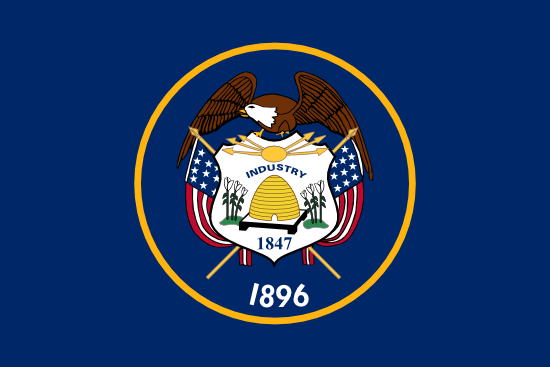
Moroni
- County:
- Sanpete County
- County Seat:
- No
- Area (mi²):
- 1.065
- State:
- Utah
Moroni is a city located in Sanpete County, Utah. Moroni has a 2025 population of 1,673 . Moroni is currently growing at a rate of 1.21% annually and its population has increased by 7.8% since the most recent census, which recorded a population of 1,552 in 2020.
The median household income in Moroni is $71,500 with a poverty rate of 3.52%. The median age in Moroni is 34.8 years: 34.7 years for males, and 34.9 years for females. For every 100 females there are 115.3 males.